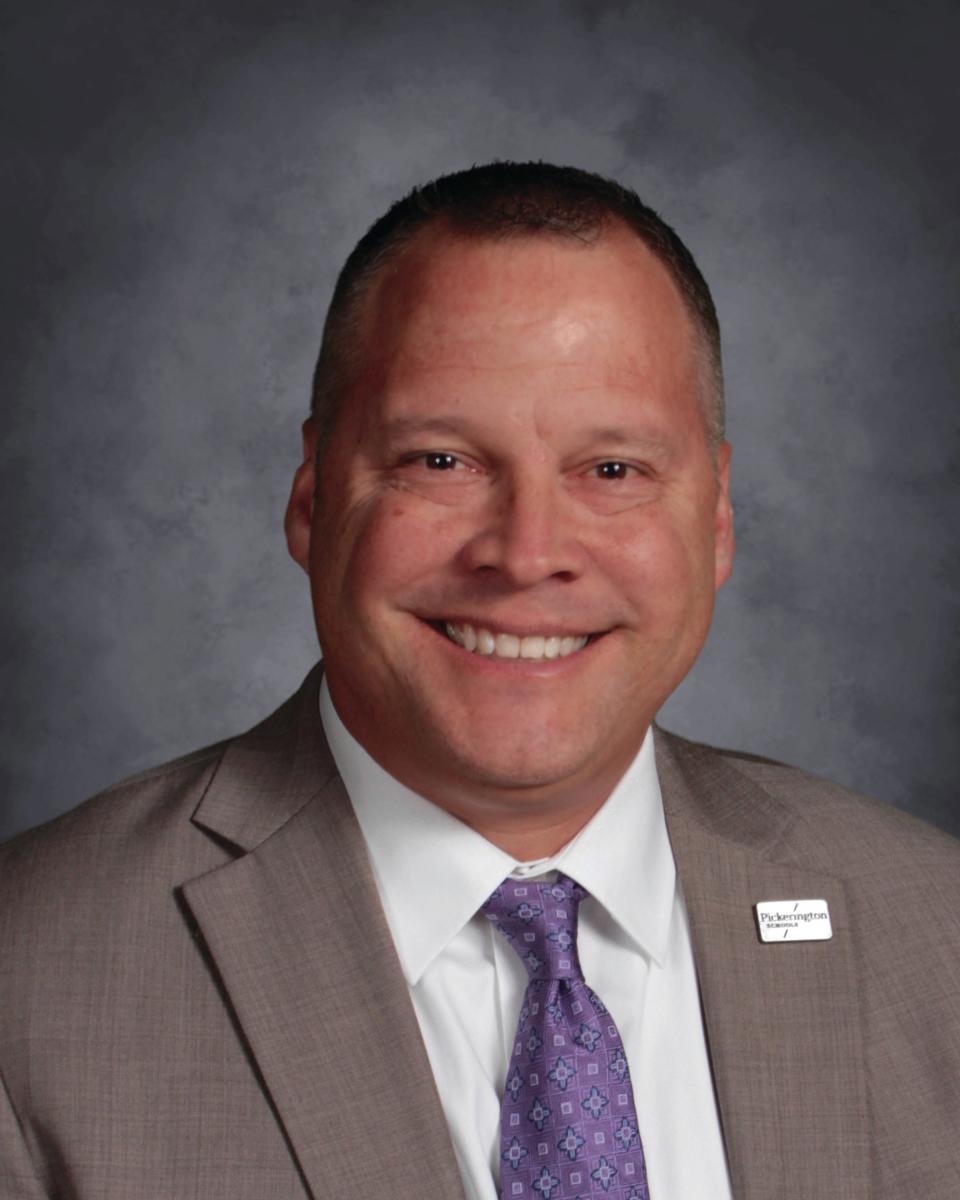‘Flexible learning’ plan aims to support Pickerington’s K-6 students
Pickerington Schools officials have developed a new "flexible-learning" plan that will see upper-level teachers provide instruction at K-6 buildings if there are staffing shortages.
With the onset of the Omicron variant of the COVID-19 virus, the district has been challenged to fully staff its schools with teachers.
In response, the district rolled out its "Flexible Learning 3.0" plan Jan. 12.

Under the plan, when there are staffing shortages for K-6 classes, junior high and high school students will go to virtual instruction. Staff members from the 7-12 buildings who don't have classroom obligations then will be assigned to K-6 buildings that have staffing shortages and will provide instruction to those students.
"Throughout the entire school year, (the Human Resources Department) has focused on keeping buildings open so that face-to-face instruction can occur," said Scott Philabaum, the district's HR director. "Just as we felt we were gaining some traction on that, the Omicron variant hit. We again are facing absences of staff that make educating in person difficult."
Since the announcement, the district has used its flexible-learning plan once, on Jan. 14, as of Jan. 19.
Philabaum said the district wants to ensure, as much as possible, that K-6 buildings remain open for in-person learning because officials believe that is more effective for younger students.
He added that keeping K-6 buildings open will cut down on daycare needs that come up when school is canceled for younger students.
Philabaum said each K-6 building is different, and a 20% staff absence rate could affect one building significantly, whereas another building could continue in-person learning with 40% of the staff out.
When staff shortages become an issue, Philabaum said, intervention specialists, instructional coaches, duty aides and other certified and classified staff who aren't classroom teachers will be deployed to K-6 buildings.
Substitute teachers who had signed up to teach at junior high or high school buildings on the day 7-12 classes go virtual will be used at the K-6 level, he said.
"We hope to make the decisions by 8 o'clock or 9 o'clock in the evening in order to let parents know if a building is going to have to close and go virtual," Philabaum said.
Superintendent Chris Briggs said the plan is "not perfect."
However, he said the district has to adjust due to constraints brought on by the pandemic and has developed a plan that seeks to provide the best instruction and student safety possible.
"When we looked at the actual supervision of kids and creating less disruption to our community and our families, we focused on the K-6 students," he said. "We know the 7-12 students are a little more capable of going virtual and having to learn in that environment."
Alesia Gillison, the district's chief academic officer, said 7-12 students will receive virtual instruction from teachers.
"If our junior highs and high schools have to go virtual, students will have class. They are expected to be in class and there will be a teacher on the other side of the camera delivering instruction to our young people," she said. "It is a plan that helps our most vulnerable students stay in school."
nellis@thisweeknews.com
@ThisWeekNate
This article originally appeared on ThisWeek: ‘Flexible learning’ plan aims to support Pickerington’s K-6 students

